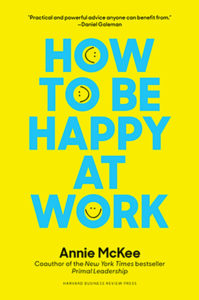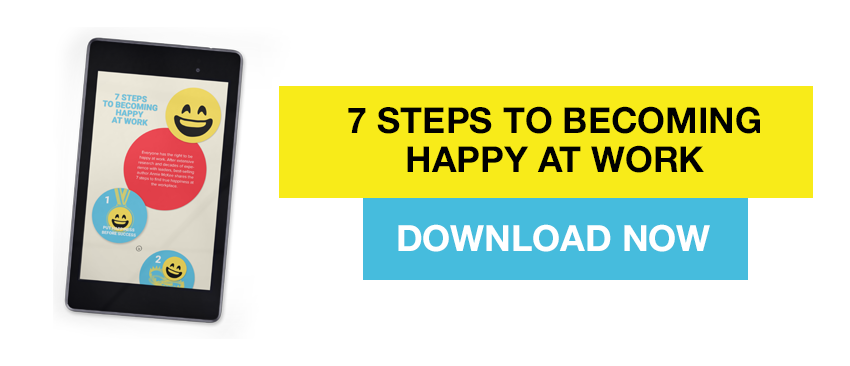Our subtle emotional and physiological responses are an important source of data, and at any given moment we are communicating a vast amount of information to one another about how we feel. Through infinitesimal changes in musculature and then facial expressions, we signal to others our true emotions, giving them clues about how to respond to us.
This communication is critical in facilitating social interaction. Paul Ekman, formerly a Professor of Psychology at the University of California San Francisco, has studied people’s emotions and facial expressions all over the world. He concludes that by attending carefully (we would say mindfully) to others we effectively minimize distortion. Rather than understanding people’s experiences through our filters, we see their feelings more clearly and we can more accurately interpret their thoughts and perspectives. When we do this, we are better able to relate to people because we are more in tune with their experience.
Leaders who read their world this way can more easily avoid uninformed, bad decisions and have a much better chance of successfully joining the dance and influencing complex group and organizational dynamics.
The Importance Of Being Present
Robert Polet understands this truth. When he accepted his new job as President and CEO of the Gucci Group, he turned his commitment to mindfulness into a powerful intervention. One month after joining the company, he scheduled visits to nearly half of Gucci’s stores and offices, personally visiting more than 2,500 people in a little less than four weeks’ time. Simply by showing up, listening, sharing food and good conversation, he was able to convey who he was as a leader, thereby dealing with the natural anxiety people feel as a result of a major leadership change. Equally as important, he took the opportunity to really watch individuals and groups—noting the level of self confidence, genuineness, whether people were, in his own words, “natural or acting”, and the degree to which they “own” the business and approach it with passion.
The outcome of this kind of scanning are at once obvious and subtle. Surely Robert’s people now know he will be a ‘hands on’ leader, deeply interested in their experience and the day to day reality of the business. Many of them also know him as a person. He is no longer the faceless, maybe scary, new CEO. They have shared food and conversation and laughter, and have seen that he is a real person who cares about them, and who wants to discuss their ideas about the business.
The Power of Observation
On a more subtle level, Robert quickly gained a sense of the emotional reality of his organization, and the differences among the brand groups and across regions. He watched how people responded to leadership (his own and local managers’) and saw how best to use power effectively as he began to make some changes. Reading the environment like this enabled him to make early, and sometimes surprising decisions about people. In fact, he found some of the best people in unlikely places and jobs and was able to rapidly involve them in his new organization. Surely an organization chart would never have afforded him this highly accurate picture of who was who and what they could really do. Robert also gained a sense of collective values and history that are rooted in his observations, not just in what he has been told by those who hired him. He has seen cultural norms in action, and is better able to adjust his own behavior quickly, to get in. He is now more likely to be able to avoid the cultural and relational landmines that exist in any organization. And, he is also more likely to capitalize on individuals’ and teams’ strengths, and has found allies in unexpected places.
As Robert knows, watching the emotional dance between and among people gives you an edge. It gives you clues about what you are up against, and how to manage a situation. You can more easily decide when and how you interact to influence and guide people. This is equally true when we look at groups and cultures. Although more abstract, and therefore harder to see and understand, these larger manifestations of the human system also dance: groups rely on other groups for information, decisions, actions; cultures come together in harmony or clash inside organizations, as well as across geographic regions and the boundaries of belief.
Mindfulness, then, as people like Robert have discovered, gives us an edge. But mindfulness is not something we are born with; it is something we learn.
Excerpted from Resonant Leadership, Harvard Business Review Press, 2005

You Deserve to Be Happy at Work
Based on extensive research and decades of experience with leaders, How to Be Happy at Work deepens our understanding of what it means to be truly fulfilled and effective at work and provides clear, practical advice and instruction on how to get there―no matter what job you have.
